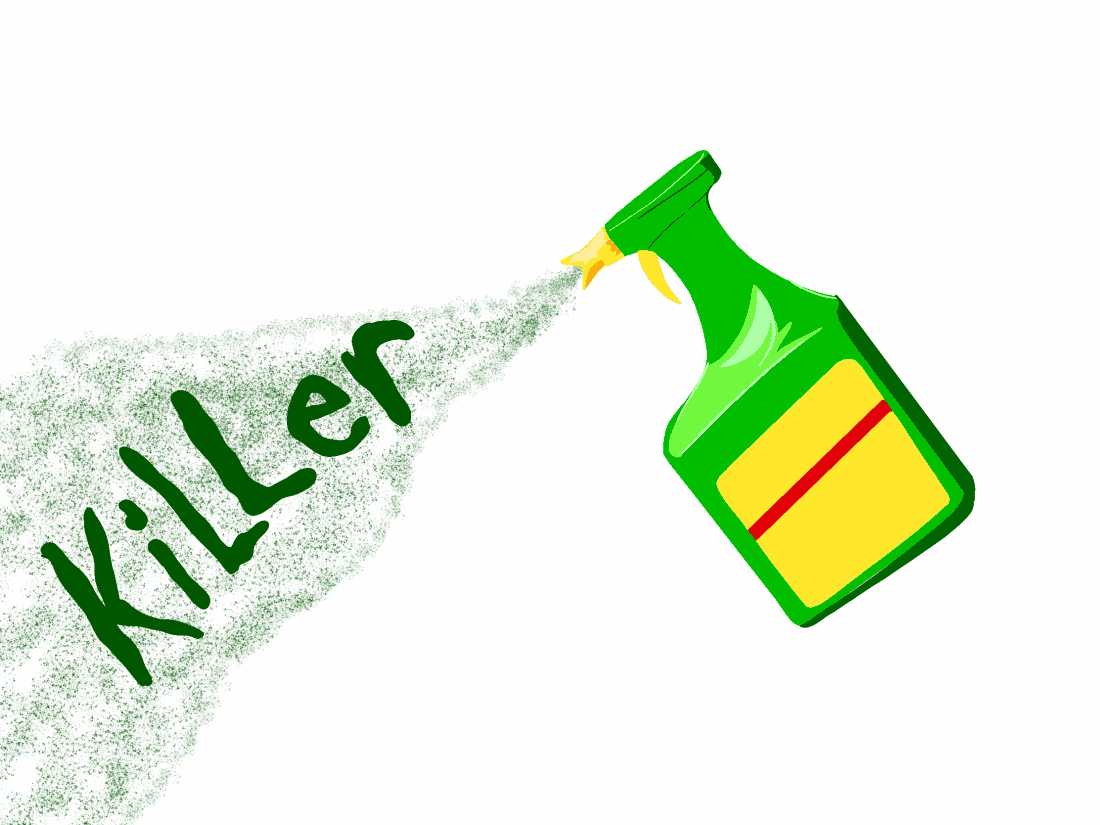A personal injury law firm in Canada is launching a $500 million class-action lawsuit against the makers of the popular herbicide, Roundup, alleging that exposure to the active chemical ingredient in the product, glyphosate, increases users’ risks of developing rare cancers.
Roundup is the most widely used herbicide in the world. Multiple lawsuits have been issued against Monsanto, the manufacturer of Roundup. The chemical company was recently absorbed by pharmaceutical giant Bayer in 2018.
With 60 individuals already named as plaintiffs, this is the largest class-action lawsuit against Roundup’s makers in Canada. This will also be a landmark case because the lawsuit is seeking not only financial compensation but “behaviour modification,” incentivizing companies like Monsanto to change how they do business and label their products.
Diamond & Diamond, the law firm launching the case, is alleging that the product’s main chemical, glyphosate, has increased users’ risk of developing health problems and rare forms of cancer, such as Non-Hodgkin’s lymphoma.
The firm claims the lawsuit falls under the legal case of “strict liability” stating that “the company knew or should have known about a product defect and taken the necessary precautions of fixing the issue or warning the public.”

Bayer Canada has stated that it will defend its products and that glyphosate has not been proven to be carcinogenic through years of scientific studies dating back 40 years. However, in 2015, the World Health Organization’s International Agency for Research on Cancer classified glyphosate as “probably carcinogenic to humans,” after reviewing said studies.
This change in tone from the World Health Organization has many consumers considering legal action.
In the United States alone, over 18,000 similar lawsuits have been filed. In the first-ever Roundup cancer trial held in 2018, Monsanto was ordered to pay $78 million by a California jury to a groundskeeper who regularly used the product and developed severe
non-Hodgkin’s lymphoma.
The case led towards two more successful glyphosate lawsuits in California during the spring of 2019. The third case, decided in May, saw a married couple with non-Hodgkin’s lymphoma awarded $69 million in punitive damages and $17 million in compensatory damages.
So far, 19 countries around the world have restricted or banned the use of glyphosate-based herbicides. Most recently, Thailand reported that it will be banning the consumer use of glyphosate by Dec. 1. However, its use in agricultural products will continue.
While glyphosate lawsuits are changing consumers’ accessibility to products worldwide, its future in the agri-food industry could be dependent on more nuanced changes. For instance, Canada is ranked third in the world for herbicide-resistant weeds, which has been a growing issue over the past 30 years.
Aggressive weeds like kochia have evolved a multi-herbicide resistance, and when it invades a crop, it can drastically reduce yields. These super-resistant qualities are spreading, as one survey found that within five years, glyphosate-resistant kochia in southern Alberta rose from five per cent to about half the total population.
The Canadian Food Inspection Agency found acceptable levels of glyphosate residue in 29.7 per cent of the 3,188 grains tested. Canada’s Pest Management Regulatory Agency has stated that dietary consumption of glyphosate “is not expected to pose a risk of concern to human health.”
Still, those seeking to limit their consumption of foods latent with chemical residues might switch over to organic foods. However, glyphosate is impacting that industry as well. The first survey of glyphosate’s impact on Saskatchewan’s organic sector found 26 per cent of respondents, most of whom are food producers, had “unintended contact” with the chemical.
Although the chemical is also used in a plethora of generic glyphosate brands, defenders of the herbicide believe that Monsanto has become an easy target because of its association with the product. If the lawsuits against the company continue, other manufacturers could be next.
—
Noah Callaghan/ Staff Writer
Graphic: Shawna Langer/ Graphics Editor